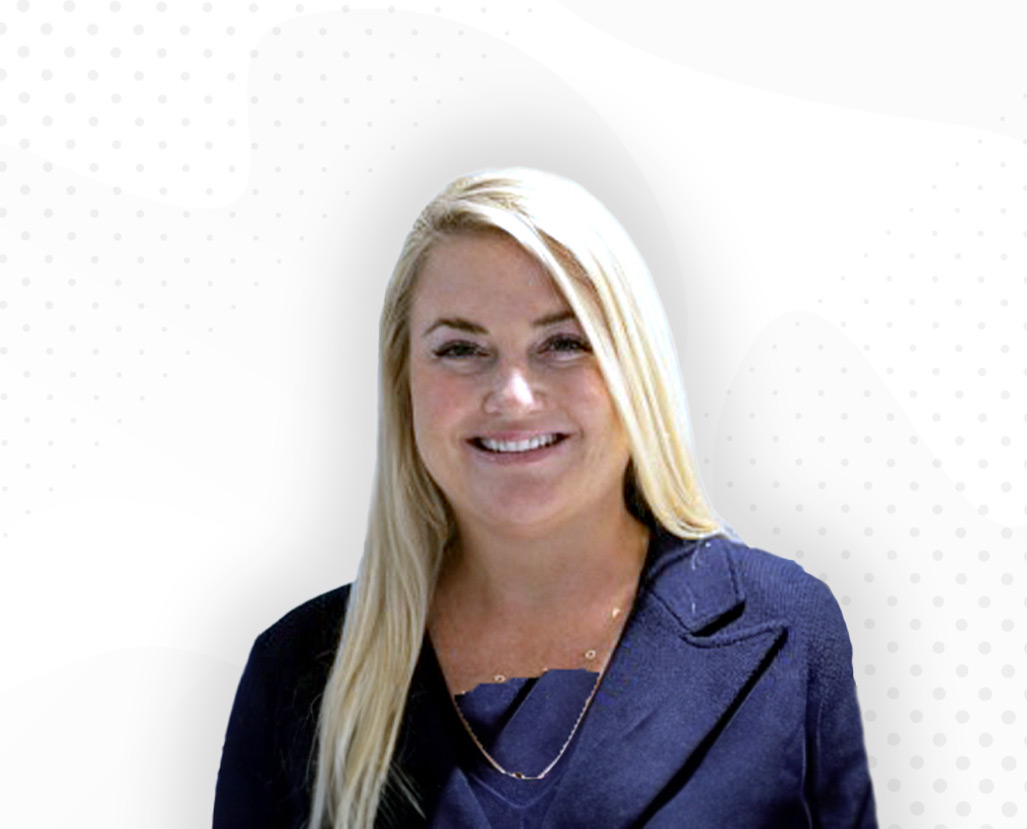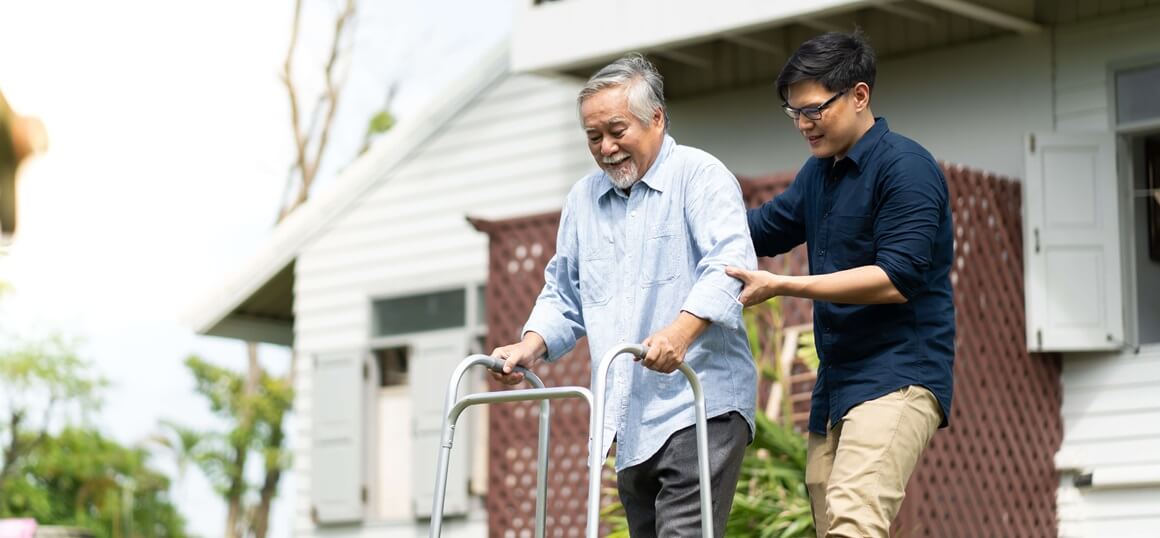By Monica Rosser, Executive Managing Director, Federal Health, Maximus, and Steve Schwab, CEO, Elizabeth Dole Foundation
For generations, family members and friends have been increasingly serving as the caregivers for service members and Veterans with devastating physical wounds and complicated invisible injuries. Today, 14.3 million Americans care for someone who served, providing upwards of $400 billion in unpaid care every year.
These caregivers also provide enormous value beyond that unpaid care, including ensuring their care recipients take their medications and attend medical appointments on time; watching for warning signs of mental health crises; and maintaining family cohesion. While some caregivers are thriving, many are struggling under the consuming responsibilities, emotional weight, and financial costs of caregiving.
At Maximus, the support of caregivers has become part of the company’s ethos, including the work done in partnership with federal agencies, as well as state and local governments. Our commitment continues to increase as we are helping to drive both the short-term solutions and longer-term vision for delivering an integrated ecosystem of support.
At the Elizabeth Dole Foundation (EDF), the organization’s mission is to empower military and Veteran caregivers, their families, and their communities through programs, partnerships, and advocacy that drive innovation and sustainable solutions.
Caregivers play a vital role in the whole health model of the healthcare system, which encompasses everything about a patient’s well-being to determine the best approach to care. Often, caregivers are the best or only connection to the healthcare system for those they care for. Without them, it is not hyperbole to say that the current system would crumble, as hundreds of thousands of Veterans would lose this critical access.
What data tells us about military caregivers
In 2024, EDF released our second commissioned RAND report on military and Veteran caregivers. This report detailed challenges in four critical areas: financial health, mental and emotional wellbeing, child and family support, and healthcare systems.
- Financial strain: About one-third of military and Veteran caregivers live at or near the poverty line. They are often forced to give up careers, education, or retirement savings to care for their Veteran full-time—with little to no compensation.
- Mental and emotional challenges: Many caregivers experience high rates of anxiety, depression, isolation, and even suicidal ideation. We are long overdue for scalable, accessible mental health and respite resources.
- The youngest caregivers: About 40% of military and Veteran caregivers are also caring for a young child, and almost a half of those kids help with at least one caregiving task—such as administering medications, providing transportation to medical appointments, and speaking with medical providers. These kids, whom we call “Hidden Helpers,” face specific challenges, like missed school days and being at higher risk for behavioral problems.
- Systemic invisibility: Until recently, caregivers were rarely included in their Veteran’s care plan. That’s a dangerous oversight when they’re the ones managing medications, appointments, and daily tasks. Moreover, caregivers and their Veterans often find that they live in under-resourced communities that could do more to help them access high-quality care, whether it be improving transportation, providing access to housing, or ensuring food security.
Caregivers bring a lived expertise that no researcher or policymaker can replicate. While the RAND research is essential, the faces and stories of the caregivers give the research life.
The Elizabeth Dole 21st Century Veterans Healthcare and Benefits Improvement Act, signed into law this January, vastly increases comprehensive and lifesaving support for caregivers, their Veterans, families, and survivors. The Elizabeth Dole Act is a turning point. It removes outdated barriers—like the 65% cap on the cost of home-based care—and expands Veteran Directed Care, empowering Veterans and caregivers to choose providers that fit their needs. It is critical that the act is implemented swiftly and with the lives of our Veteran families in mind.
How we work with the VA
The Department of Veterans Affairs (VA) has been at the forefront of human-centered design through its “Whole Health” approach to assisting Veterans who need assistance. VA is an interesting case study because the average age of Veterans has been steadily dropping in recent years. A younger cohort, as well as younger caregivers, has a different expectation of how to get services, having lived most—if not all—of their lives in the internet age and interacting with online-first customer-facing companies.
One key challenge for Veterans seeking benefits from the VA is assessments, particularly Medical Disability Exams, which are required for Veterans to begin the application process. For many, that is a simple step. They get a call that they need to get an assessment, and they travel to get it. But what if they cannot travel?
The VA partners with private sector companies, like Maximus, to bring mobile exam units to rural areas or events for Veterans. Anything an agency can do to make things simpler for people—even something as seemingly minor as getting a ride—improves outcomes.
Coordinated care means a more personalized care plan, better health outcomes, a focus on prevention, and empowered patients and caregivers who can keep the family at the center of the treatment plan.
Technology fuels whole health model
That’s why technology is vital to create the whole health model, which encompasses everything about a patient’s well-being to determine the best approach to care. Whole health is more than a diagnosis; it takes into consideration a person’s financial and emotional well-being, along with their environment and access to benefits.
It is about building trust with caregivers and the caregiving community that these resources are out there, and why they should use them. The delivery of this message will vary by community and region, but the overarching goal is to use spokespeople and real-world examples through different avenues to develop trust.
Word of mouth is also very important in this community, so it’s about making sure those who are benefiting from programs have the ability to invite others into these successful programs.
Broadly, the effectiveness and efficiency of programs aimed at caregivers and those receiving care are important to consider. What is being delivered for the money being spent, and what are the net outcomes from these expenditures? We must measure the health and wellbeing of caregivers and those receiving care. Are there improvements being made in their lives? What are they reporting from the programs?
The use of data and advanced analytics is a way for communities and policymakers to understand the impact of these programs, identify and maximize what’s working, while rectifying aspects that may not be.
Why caregivers are heroes
Caregivers are holding the front line on the home front, day in and day out. When caregivers thrive, communities thrive.
When we invest in their wellbeing, we create better outcomes for Veterans, strengthen our workforce, relieve pressure on healthcare systems, and create more resilient communities.
Caregivers help Veterans avoid institutional care, which reduces costs for families, the government, and healthcare systems. Those performing caregiving responsibilities contribute an estimated $400+ billion to the economy. Without these hidden heroes, those responsibilities would fall to the VA and the taxpayer.
We must solve the caregiver crisis and lift entire families, communities, and ultimately, the nation.


